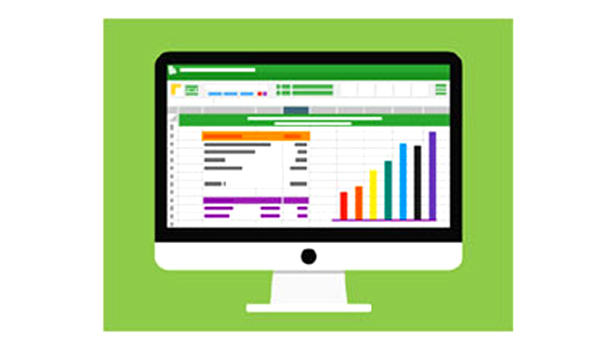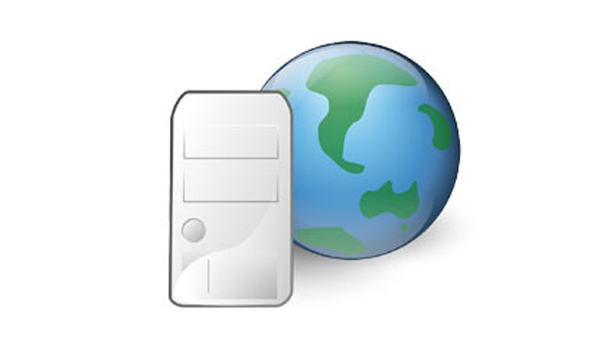Data Masking
Data masking is a method used by organizations to share data safely.
Updated: December 4, 2023

Data masking is a method used by organizations to share data safely. Sensitive data in use is protected from unintended exposure while maintaining functional value of the data by obfuscating the data.
Substituting parts of datasets, translating specific numbers to ranges, shuffling the data, scrambling the data, and more are included in data masking techniques.
Static, Deterministic, On-the-fly and Dynamic are the main types of data masking. Data masking helps organizations in avoiding critical threats like data loss, account compromise, exfiltration, insecure interfaces, and insider threats. It solves the problem of security risks in cloud by reducing these concerns. Masked data is still functional for the internal use of organization although it is useless to any security risks. Sensitive details can be shared with developers and testers without leaking data that is not masked.
Encryption, Scrambling, Nulling, Value variance, Substitution, and Shuffling are various data masking techniques, each varying by the method and level of security.
Organization should plan ahead by identifying information that requires protecting before beginning the masking process. One standard algorithm should be used to mask all information types so that referential integrity can be prioritized. Unauthorized users can be prevented from reverse engineering sensitive information by securing algorithms, alternative data sets, and keys.



